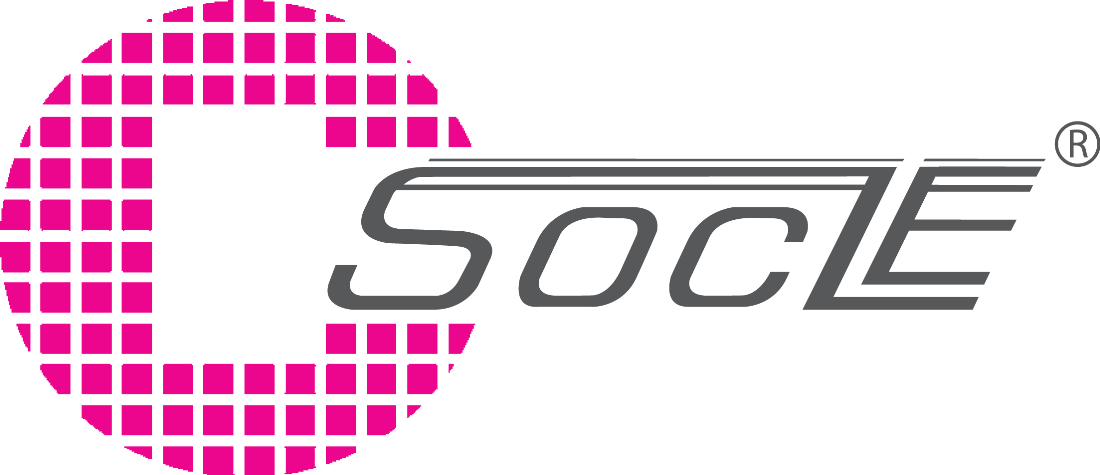EP4CE10F17C8N
Manufacturer: Intel
The Intel EP4CE10F17C8N is a member of the Cyclone IV FPGA family manufactured by Intel (formerly Altera). Here are the key features and specifications of the EP4CE10F17C8N:
Logic Elements: 10,320
Maximum User I/Os: 179
Maximum Frequency: 330 MHz
Programmable Logic Blocks (LABs): 256
Flip-Flops: 10,320
Maximum Propagation Delay: 2.5 ns
Configuration Method: In-System Programmable (ISP), JTAG
Package Type: 144-pin TQFP (Thin Quad Flat Package)
Operating Voltage: 1.2V
The EP4CE10F17C8N FPGA provides a moderate logic capacity with 10,320 logic elements, making it suitable for medium-complexity digital designs. It offers 179 user I/Os for interfacing with external devices and peripherals.
With a maximum frequency of 330 MHz, the FPGA can handle high-speed applications that require fast and reliable timing and signal processing. It includes 256 programmable logic blocks (LABs), which are building blocks for implementing custom logic functions and digital circuits.
The FPGA features 10,320 flip-flops, which are used for storing and manipulating digital data within the device. These flip-flops provide storage elements for implementing sequential logic and state machines.
The maximum propagation delay of the FPGA is 2.5 ns, indicating the time it takes for a signal to propagate through the device. This parameter is important for ensuring proper timing and synchronization of signals in the design.
The EP4CE10F17C8N FPGA supports multiple configuration methods, including In-System Programmable (ISP) and JTAG, allowing for convenient and flexible device programming and reconfiguration.
The FPGA comes in a 144-pin TQFP package, which is a compact and widely used package type suitable for easy integration onto a printed circuit board (PCB) and for efficient electrical connections.
The EP4CE10F17C8N FPGA is commonly used in various applications, including industrial automation, motor control, embedded systems, and communication systems.
Overall, the Intel EP4CE10F17C8N FPGA offers a moderate logic capacity, high-speed performance, and flexible configuration options, making it suitable for a range of digital applications that require moderate complexity, reliable timing, and fast signal processing.
Stock:5639
Minimum Order:1
The Intel EP4CE10F17C8N is a member of the Cyclone IV FPGA family manufactured by Intel (formerly Altera). Here are the key features and specifications of the EP4CE10F17C8N:
Logic Elements: 10,320
Maximum User I/Os: 179
Maximum Frequency: 330 MHz
Programmable Logic Blocks (LABs): 256
Flip-Flops: 10,320
Maximum Propagation Delay: 2.5 ns
Configuration Method: In-System Programmable (ISP), JTAG
Package Type: 144-pin TQFP (Thin Quad Flat Package)
Operating Voltage: 1.2V
The EP4CE10F17C8N FPGA provides a moderate logic capacity with 10,320 logic elements, making it suitable for medium-complexity digital designs. It offers 179 user I/Os for interfacing with external devices and peripherals.
With a maximum frequency of 330 MHz, the FPGA can handle high-speed applications that require fast and reliable timing and signal processing. It includes 256 programmable logic blocks (LABs), which are building blocks for implementing custom logic functions and digital circuits.
The FPGA features 10,320 flip-flops, which are used for storing and manipulating digital data within the device. These flip-flops provide storage elements for implementing sequential logic and state machines.
The maximum propagation delay of the FPGA is 2.5 ns, indicating the time it takes for a signal to propagate through the device. This parameter is important for ensuring proper timing and synchronization of signals in the design.
The EP4CE10F17C8N FPGA supports multiple configuration methods, including In-System Programmable (ISP) and JTAG, allowing for convenient and flexible device programming and reconfiguration.
The FPGA comes in a 144-pin TQFP package, which is a compact and widely used package type suitable for easy integration onto a printed circuit board (PCB) and for efficient electrical connections.
The EP4CE10F17C8N FPGA is commonly used in various applications, including industrial automation, motor control, embedded systems, and communication systems.
Overall, the Intel EP4CE10F17C8N FPGA offers a moderate logic capacity, high-speed performance, and flexible configuration options, making it suitable for a range of digital applications that require moderate complexity, reliable timing, and fast signal processing.



















